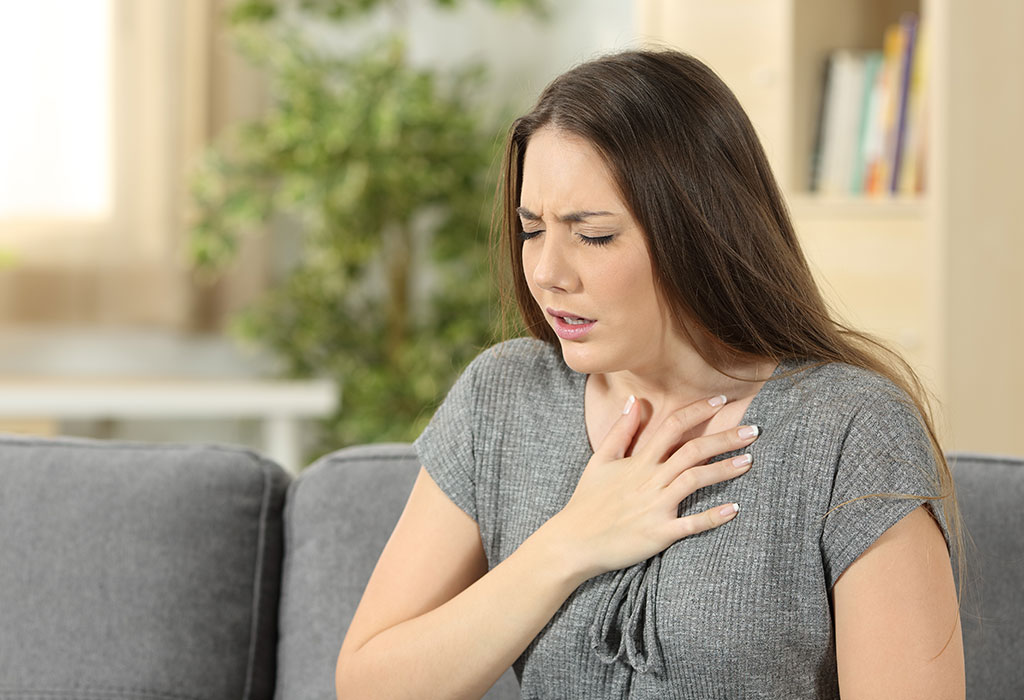The State of Maine has set an maximum exposure guideline for water. The United States Environmental Protection Agency is reportedly prepared to set an maximum contaminant Level of 300 to 4000 pico curies per liter for radon in drinking water.
 Water Research Center Radon In Drinking Water
Water Research Center Radon In Drinking Water
Some radon stays in the water.

Radon levels in water. Radon is a naturally occurring gas that you cant see taste or smell. Reducing radon in water levels of 10000 pCiL is likely to reduce the indoor radon levels by about 1 pCiL which will reduce the lifetime cancer risk of 5 individuals. High levels of dissolved radon are found in the groundwater in some areas flowing through granite or granitic sand and gravel formations.
The EPA answers the question What is a safe level of water radon in the following way. Radon is a naturally-occurring radioactive gas that may cause cancer and may be found in drinking water and indoor air. This amount of radon in water contributes about 003 pCiL of radon to the air in your home.
The radon is released into the air before it reaches your home. However the Connecticut Department of Public Health has set an action level for radon in private wells of 5000 picocuries per liter pCiL and recommends that water departments or utilities also keep the water at the tap below this action level. Environmental Protection Agency USEPA has set a radon in air Action Level of 40 pCiL for radon gas in indoor air.
Proposed Radon in Drinking Water Regulation. Hi Susan the passing radon level for water does vary from state to state. 40 pCiL however is not a safe level but a readily achievable level.
Among mine workers radon is a known human carcinogen. At high levels ie. While not a health based standard this level is a guideline for people to use in.
The EPA believes that any radon exposure carries some risk no level of radon is safe Citizens Guide. Using this ratio would require 40000 pCiL in the water to raise the average radon levels by 40 pCiL. Radon in the water you drink can also contribute to a very small increase in your risk of.
Radon gas in air or in water is measured in Picocuries per Liter pCiL. Based on its own risk estimates EPA proposed in 1991 that the standard for radon in drinking water -- known as the maximum contaminant level -- should be set at 11 becquerel per liter. EPAs proposed radon levels as their personal action levels.
The annual effective dose for ingestion and inhalation was also evaluated in this research. MAINE STATE GUIDELINES FOR WATER. RADON IN AIR LEVELS.
30 pCiL in Bedrooms. As private wells tap ground water dissolved radon escapes from the water and gets into household air in the course of dishwashing showering and other water-using activities. EPA does not regulate residential wells but private well owners may use the US.
The average outdoor radon level 1 varies from 5 Bqm 3 to 15 Bqm 3. The current State of Maine MEG for water is 4000 pCiL. Even if a State does not develop an enhanced indoor air program water systems may choose to develop their own local indoor radon program and meet a radon standard for drinking water of 4000 pCiL.
The measured radon concentration ranged from 14 to 226Bql-1. 08 pCiL in Outside Air. If you live in an area with high radon in groundwater it can get into your private well.
Radon in soil under homes is. All ground water contains some radon although levels vary greatly. Here in Massachusetts the passing level is also 10000 or less.
For every 10000 picocuries per liter pCiL of radon in your water it is estimated that 1 pCiL is added to your radon in the air. Getting rid of radon is water is much more expensive than air. 51 rows Radon is a naturally occurring radioactive gas that is odorless tasteless and colorless.
A becquerel is a unit by which radiation is measured. Federal regulations for radon have not yet been adopted. 14 of the groundwater samples were above the United States Environmental Protection Agency recommended value for radon in water.
Showering washing dishes and laundering can disturb the water and release radon gas into the air you breathe. Plan on spending around 5000 to get a radon mitigation system. The EPA is proposing that radon levels in drinking water from public systems be below 300 pCiL or alternatively below 4000 pCiL if a multimedia mitigation plan for indoor air is developed by the state.
However radon concentrations are higher indoors and in areas with minimal ventilation with highest levels found in places like mines caves and water treatment facilities. Radon in Canada is measured in Becquerels per square meter Bqm3 and radon in the US is measured in picocuries per liter pCiL The average outdoor level is between 5 and 15 Bqm3 or between 0135 and 0405 pCiL As the Radon maps show a lot of high risk areas how common is Radon gas in homes per State. Some people who are exposed to radon in drinking water may have increased risk of getting cancer over the course of their lifetime especially lung cancer.
If your water comes from a lake river or reservoir surface water radon is not a concern.







